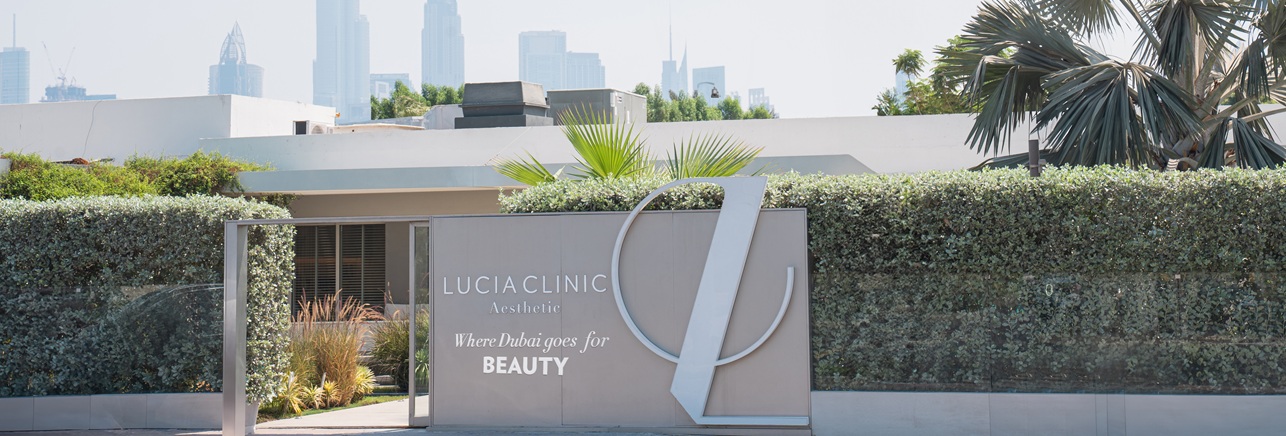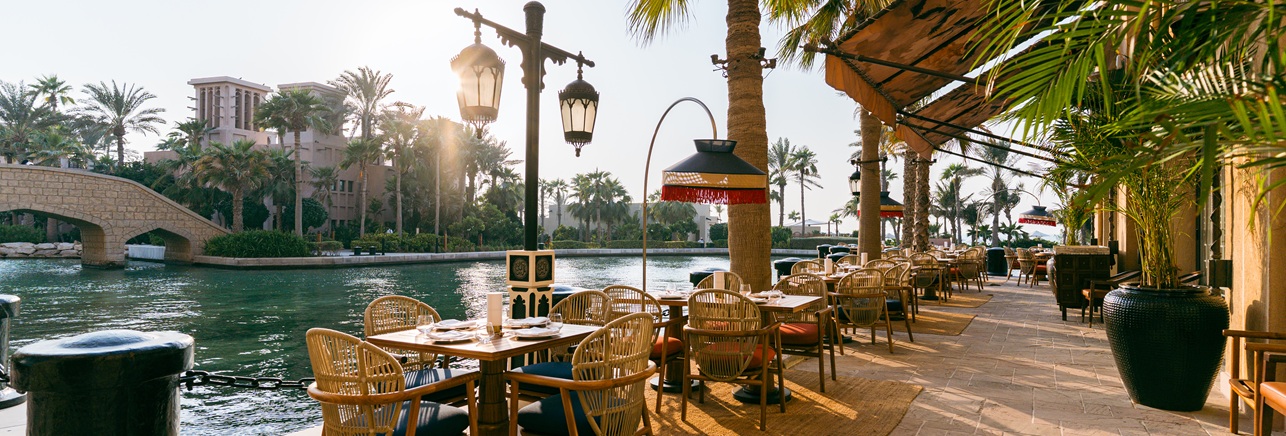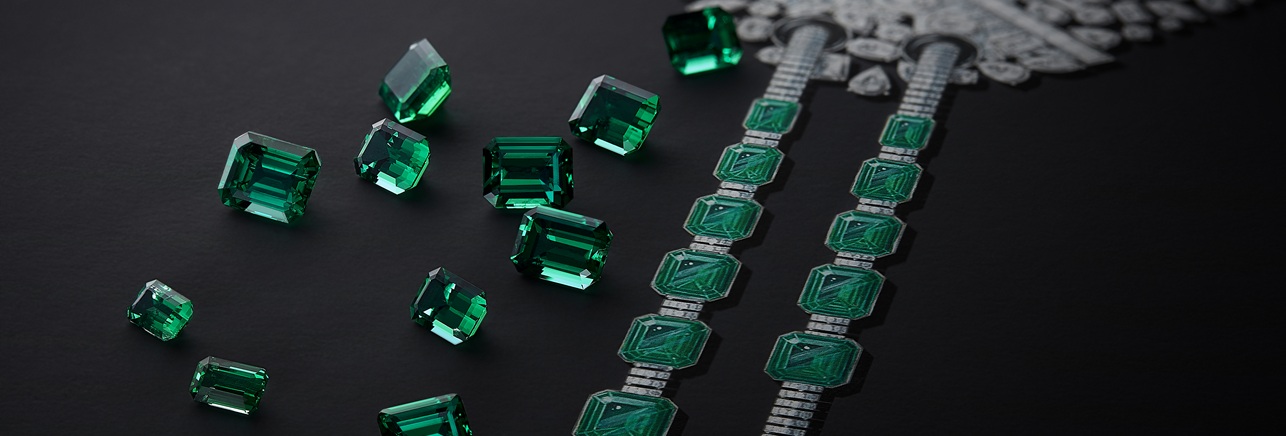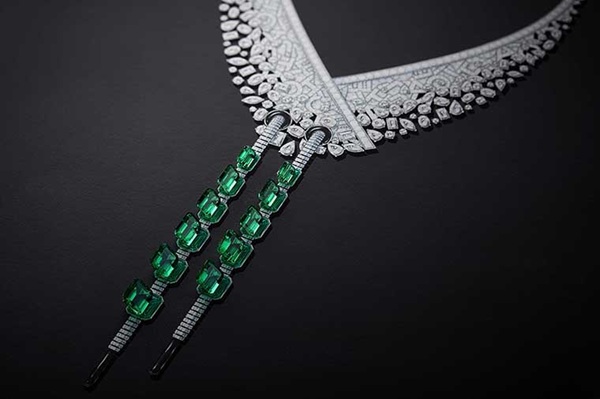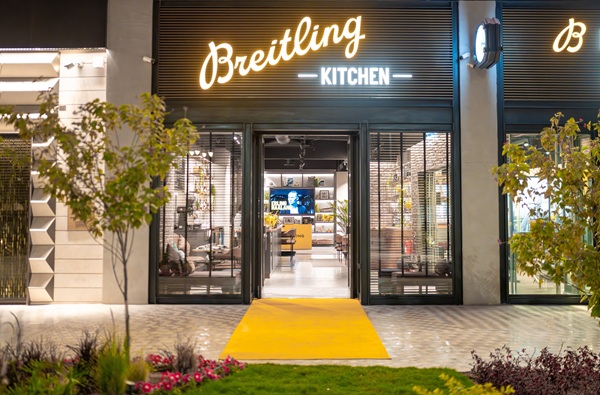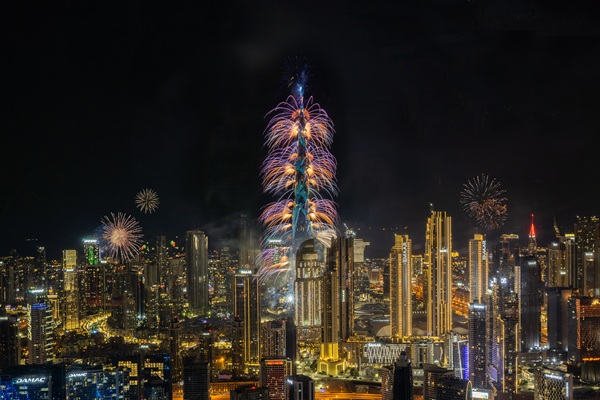Emirates celebrates 30-year milestone
Emirates today is the envy of the world because of the determination of His Highness Shaikh Mohammed bin Rashid Al Maktoum, Vice-President and Prime Minister of the UAE and Ruler of Dubai, and the passion and hard work of thousands of dedicated men and women working for the airline, said Shaikh Ahmed bin Saeed Al Maktoum, President of the Dubai Department of Civil Aviation and Chairman and Chief Executive of Emirates Airline and Group.
25 October 2015
From its small beginning in 1985, Emirates has come a long way to become a global leader in the aviation industry. And Shaikh Ahmed celebrated the airline's 30th anniversary today by thanking the man behind the unbelievable success story - Shaikh Mohammed - for his wholehearted support to Emirates and Dubai's aviation industry.
"Today we celebrate the 30th anniversary of Emirates airline. From humble beginnings, Emirates, in tandem with Dubai and the UAE, has grown to become a leading player on the global stage," he said. Without the daring vision and support of HH Shaikh Mohammed, whose brainchild it was for Dubai to set up its own airline back in 1985, none of this would have come to pass," Shaikh Ahmed said.
"From day one, Shaikh Mohammed's expectations for Dubai's aviation industry have been clear, driving us - the airline, the airport, and the entire ecosystem - to be world-class and number one globally," he added.
In the year after its 1985 inaugural flight from Dubai to Karachi, the airline had 200 employees and operated a fleet of three aircraft, flying 262,000 passengers to seven destinations: Karachi, New Delhi, Bombay, Amman, Colombo, Cairo and Dhaka.
By 1994 and 1995, the airline had over 4,000 employees and a fleet of 17 aircraft flying to 34 destinations in 29 countries - numbers which had increased to just under 20,000 employees and 76 destinations in 53 countries by 2004/2005.
Now, the airline boasts over 56,700 employees from 168 countries and flies 49.3 million passengers to 144 destinations in 81 countries. Another 267 aircraft - worth $128 billion - are currently on order.
"These new aircraft are not only for fleet expansion, but are also replacing our older aircraft so that Emirates can always provide the best possible flying experience," Shaikh Ahmed said.
Shaikh Ahmed noted that the airline will have to continue to grow in the lead-up to Expo 2020 - during which time Dubai expects to welcome 20 million visitors and generate Dh300 billion in tourism revenues.
"Emirates will play a vital role to reach this goal," he said. "By 2020, we expect to fly 70 million passengers in a fleet of 300 aircraft. To ensure we stay ahead of the game, we will also continue to invest in new technologies, in developing our products and services, and in nurturing our talent pool."
"I would like to express my deepest gratitude to HH Shaikh Mohammed for his continuous support to Emirates and the UAE's aviation industry," he added. "I would also like to take this opportunity to commend the dedicated men and women working at Emirates airline . It is their passion and hard work that will enable us to grow our leadership in the aviation industry."
About
Emirates Airline celebrates its 30th anniversary this year. The airline was conceived when then dnata head Maurice Flanagan was given the ambitious directive by Dubai’s rulers to launch an airline in five months with US10million in start-up capital.
On October 25, 1985 Emirates took off for its inaugural flight.
The airline initially started operations with two leased aircraft from Pakistan Airlines. Thirty years on, Emirates has grown into one of the world’s leading airlines and a global leader that owns more wide-body passenger aircraft (218) than any other airline in the world.
The Emirates Group now operates across six continents with a 75,000 strong multi-national team comprised over 160 nationalities. The financial year ending 31st March 2014 saw the Group achieve its 26th consecutive year of profit.
Happy 30th Anniversary, Emirates!
Leadership of Emirates
His Highness Sheikh Ahmed bin Saeed Al Maktoum
Chairman and Chief Executive Emirates Airline & Group. Over the past 30 years His Highness Sheikh Ahmed Bin Saeed Al Maktoum has been at the forefront of Dubai’s remarkable economic development spearheading the successful expansion of aviation and, more recently, formulating economic, investment and fiscal policies and strategies in support of the emirate’s overarching vision.
Tim Clark
President Emirates Airline. He has been part of the management team since the year Emirates launched and instrumental in the transformation of the airline into a global giant.
Timeline
One of the world’s fastest growing airlines, Dubai-based Emirates launched its inaugural flight from Dubai exactly 30 years ago – on October 25, 1985 – to Karachi. Today, with a fleet of more than 230 aircraft, it flies to over 140 destinations in more than 80 countries.
Here’s a brief Timeline of its journey so far:
1984
Dubai’s current ruler Sheikh Mohammed bin Rashid Al Maktoum and Maurice Flanagan discuss launching an airline in Dubai. A 10-member team puts together a business plan and Sheikh Mohammed opts for the name Emirates.
1985
Flanagan and his team begin the task to launch an airline with $10m in five months. Current Emirates chairman Sheikh Ahmed bin Saeed Al Maktoum and Emirates president Tim Clark join the founding team. Pakistan International Airlines wet-leases two aircraft to Emirates and Sheikh Mohammed gifts two Boeing 727-200s. Deals are struck to fly into Karachi, New Delhi and Bombay.
On October 25, Emirates’ inaugural flight, EK600, departs from Dubai International for Karachi.
1986-1990
In its first five years of operations Emirates secures 16 routes including Amman, Colombo, Cairo, Dhaka, London Gatwick, Singapore, Damascus, Istanbul, Frankfurt, Male, Manila, Bangkok and Manchester.
The airline receives its first self-bought aircraft, an Airbus A6-EKA, while the A310-304 is designed to Emirates’ specifications. In 1990, Sheikh Ahmed also signs up for three more Airbus A310-300s at the Asean Aerospace exhibition in Singapore.
1991-1995
In 1991, after its A300-600R fleet extends to nine aircraft, the carrier orders seven Boeing 777 aircraft with an option for seven more in a deal worth $64.5m.
Dubai International opens a $2m terminal exclusive to Emirates while the carrier becomes the first airline to order a $20m Airbus full-flight simulator.
On its 10th anniversary, Emirates reaches 34 locations with new destinations including London Heathrow, Paris, Johannesburg, Nairobi and Kenya. The airline also opens the Emirates Flight Training Centre.
1996-2000
The airline takes delivery of its first Boeing 777-200 and also becomes title sponsor of the world’s richest horse racing event – the Dubai World Cup in 1996.
Emirates makes a $2b order for 16 Airbus A330-200s in 1997 and a year later takes a 43 per cent stake in Air Lanka.
In 2000, Emirates becomes the first airline to sign up for the Airbus A380, ordering seven, while it also buys six Boeing 777-300s.
Sheikh Ahmed also announces plans for a new $500m Terminal 3 at Dubai International, with a capacity for 20 million passengers a year.
Emirates’ frequent flyer programme, Skywards, is launched.
2001-2005
The Emirates SkyCargo Centre – with a capacity to handle 400,000 tonnes a year – opens in 2001, the same year that the airline signs a £24m deal to sponsor English Premiership football club Chelsea for four years. It also announces a $15bn order for 15 A380s, eight A340-600s, three A330s and 25 Boeing 777s.
Two years later, the airline again places a massive order for 71 aircraft at the Paris Air Show worth $19bn. In 2004, Emirates orders four Boeing 777-300ERs, with nine options, in a $2.96bn deal.
Emirates makes its first flight to North America – a non-stop 14-hour flight to New York’s JFK Airport – in 2004. It also signs a £100m deal with English Premiership side Arsenal, which includes naming rights to its new stadium for 15 years and shirt sponsorship for eight years.
By 2005, the Emirates Group’s workforce totals 25,000 people from 124 countries, making it Dubai’s biggest employer. The same year it places another record order for 42 Boeing 777s in a deal worth $9.7bn, the largest Boeing 777 order in history.
2006-2010
Emirates continues its buying spree signing an agreement for 10 Boeing 747-8F in a deal worth $3.3bn. It also signs a $195m partnership deal with FIFA.
At the 2007 Dubai Air Show, the airline signs contracts worth $34.9bn for 120 Airbus A350s, 11 A380s and 12 Boeing 777-330ERs.
The Emirates- dedicated Terminal 3 opens in October 2008 and within a month 500,000 passengers fly out of the terminal.
By 2009, Emirates becomes the world’s largest operator of Boeing 777s with the delivery of its 78th B777 aircraft.
A year later, the Emirates Group posts a profit of Dhs4.2bn for the year ended March 2010. The airline also orders 32 additional A380s at the Berlin Air Show and 30 B777-300ERs at the Farnborough Air Show.
2011- 2015
The airline places the largest single order in Boeing’s history in 2011 – 50 777-300 ER aircraft worth $18bn in list prices. The order also includes 20 777-300 ER options valued at $8bn.
Emirates partners Spanish football club Real Madrid and the US Open.
Two years later, Concourse A opens at Dubai International – the world’s first dedicated A380 facility. The same year Emirates begins its partnership with Qantas offering 98 weekly flights between Dubai and Australia.
Emirates, the world’s largest operator of the A380s, operates its superjumbo jet to 35 destinations across its network.


